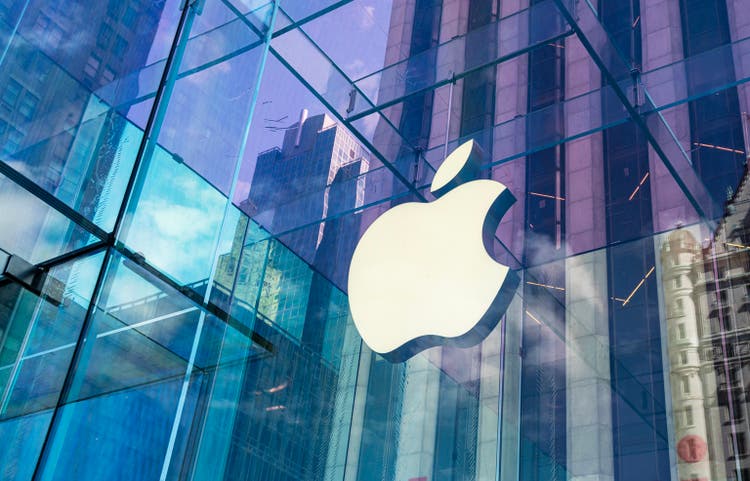
ozgurdonmaz/iStock Unreleased via Getty Images
Apple iPhone 16 lead times currently trend below the last three iPhone cycles, according to data from investment firms.
“While supply is improved, and we hear anecdotes of positive iPhone 16 demand, we still interpret these data points more cautiously,” said Morgan Stanley analysts, led by Erik Woodring.
The average iPhone 16 lead time in the U.S. averaged 15.2 days, as of Tuesday, Sept. 24. At this point last year, the average lead time for all iPhone 15 models was 25.7. The lead time for the iPhone 14 in 2022 averaged 18 days.
“Internationally, iPhone 16 lead times paint a similar picture – lead times are 16.3 days on average today versus 28.5 days at this point with the iPhone 15 last year, but lower year over year in every region that we track,” Woodring noted.
UBS analysts noted similar trends.
“Typically, at this point in the launch cycle, wait times at the high-end have ticked higher sequentially as demand remained somewhat stable,” UBS analysts said in an investor note. “However, wait times in the US for the high-end 16s (Pro and Pro Max) did not notably tick higher like the wait times for the high-end 14 and 15s.”
UBS believes demand might remain below average until the launch of iOS 18.2 in early November, which will unlock more of the AI features of Apple Intelligence. Apple iOS 18.1 is expected to arrive in mid-October, which will reveal the first wave of Apple Intelligence features.
“Of course, iPhone lead times this early still have very limited predictive power over the cycle, but given the facts we currently have at our disposal, our bias on iPhone builds leans more negatively than positively, despite anecdotes of strong early iPhone 16 demand from TMUS and in reports of out of India,” Woodring concluded.
However, Pinnacle Investment Analysts, a Seeking Alpha contributor, believes iPhone 16 demand will eventually ignite.
“Once the update is implemented, I anticipate tremendous sales growth for the product, particularly considering the large market that exists,” they noted. “Furthermore, the company’s innovation culture, which now includes AI in mobile devices, will enable it to capitalize on the strong expected market growth for AI mobiles, which speaks well for its future growth.”
